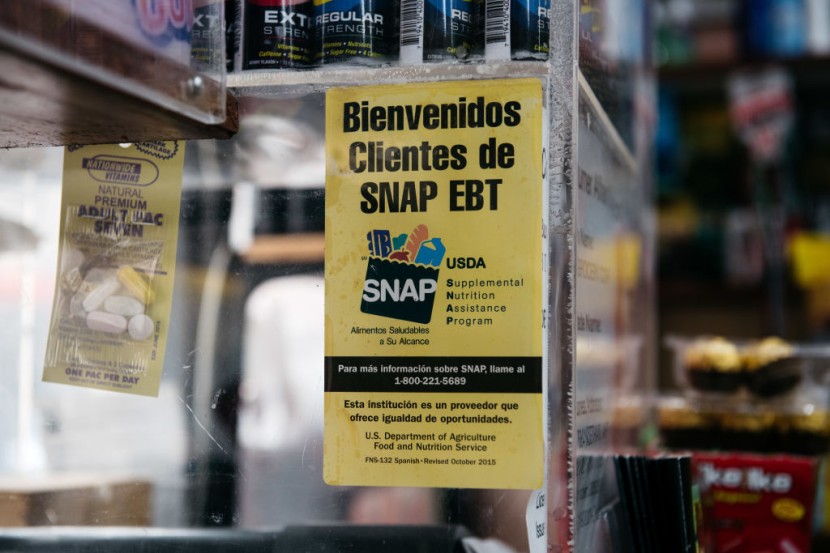Every federal fiscal year, the US Department of Agriculture Food and Nutrition Service makes changes to SNAP benefits maximum allotments, deductions, and income eligibility standards.
These adjustments are made considering the cost of living (COLA adjustments), which represents the necessary amount of money to maintain a basic standard of living. In the fiscal year 2024, maximum allotments and shelter caps were raised for most US states and territories by the FNS. The COLA allotments took effect on October 1, 2023.

The maximum allotments for the 48 states and DC Alaska, Guam, and the US Virgin Islands have all been raised. Meanwhile, the amount decreased for SNAP recipients in Hawaii to $1,759 from $1,794 for a family of four. For a family of four in the 48 contiguous states, the COLA results in a benefit increase of $34 per month.
The USDA website lists the following as the maximum SNAP allotments for the 48 contiguous states and the District of Columbia (October 2023 to September 2024):
- Household size 1: $291
- Household size 2: $535
- Household size 3: $766
- Household size 4: $973
- Household size 5: $1,155
- Household size 6: $1,386
- Household size 7: $1,532
- Household size 8: $1,751
- Each additional person: $219
Meanwhile, the following states will distribute SNAP food stamps within the coming days:
- Alabama: February 4 to 23
- Connecticut: February 1 to 3
- Delaware: February 2 to 23
- Florida: February 1 to 28
- Georgia: February 5 to 23
- Indiana: February 5 to 23
- Kentucky: February 1 to 19
- Louisiana: February 1 to 23
- Maryland: February 4 to 23
- Michigan: February 3 to 21
- Mississippi: February 4 to 21
- Missouri: February 1 to 22
- New Mexico: February 1 to 20
- North Carolina: February 3 to 21
- Ohio: February 2 to 20
- Puerto Rico: February 4 to February 22
- Tennessee: February 1 to 20
- Texas: February 1 to 28
- Utah: February 5, 11 and 15
- Washington: February 1 to 20
- Wisconsin: February 1 to 15
In general, households residing in Hawaii, Alaska, Guam, and the US Virgin Islands are eligible for greater benefits. In Alaska, the utmost possible benefits for a family of four are $1,937.
Read Also : Nearly 1 Million Student Loan Borrowers To Receive Debt Forgiveness; Here's Who Are Eligible!
Income Eligibity to Receive Food Stamp 2024
The monthly income eligibility requirements for the US Virgin Islands, Alaska, Hawaii, Guam, and the District of Columbia were modified. The following is the maximum total monthly revenue limit for the 48 contiguous US states plus the District of Columbia: 130% of the federal poverty level.
- Household size 1: $1,580
- Household size 2: $2,137
- Household size 3: $2,694
- Household size 4: $3,250
- Household size 5: $3.807
- Household size 6: $4,364
- Household size 7: $4,921
- Household size 8: $5,478
- Each additional person: $557
The payment is directly influenced by the specific state of residence. Some states might distribute SNAP Food Stamps checks until the end of the month, while others may send them out this week.
It's crucial to monitor our EBT card balance. By using this approach, we can determine whether a state has issued the SNAP Food Stamps check and if it is ready for us to use.
Related Article : Child Tax Credit 2024: How Much You Could Receive This Year, and When?
© 2025 HNGN, All rights reserved. Do not reproduce without permission.








